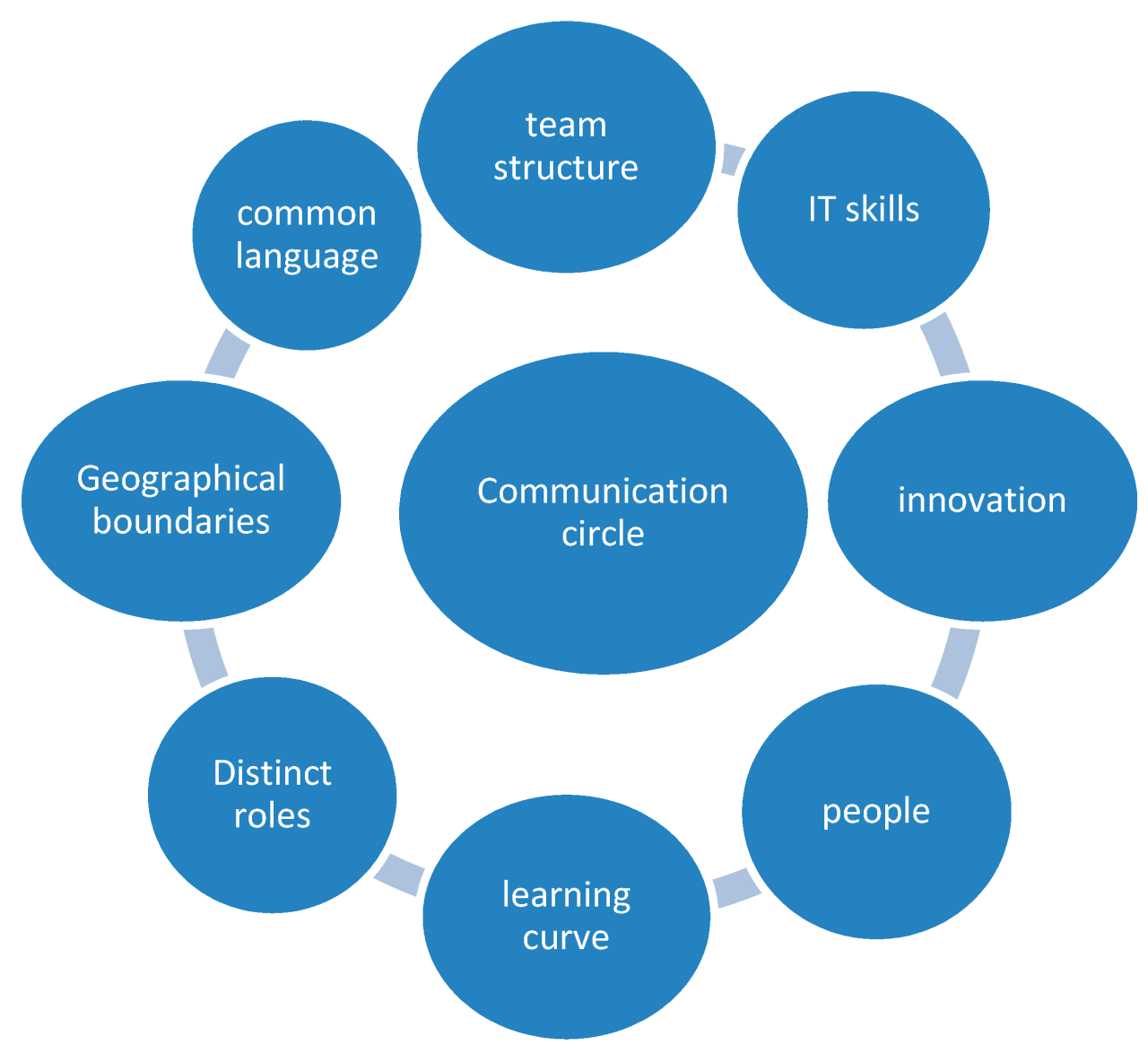Effective communication in construction projects is essential for ensuring smooth operations and successful outcomes. From avoiding delays to enhancing teamwork, clear communication plays a vital role in every phase of a construction project. Let’s delve deeper into the importance of effective communication in this dynamic industry.
Importance of Effective Communication in Construction Projects

Effective communication is a cornerstone in the successful completion of construction projects. It plays a vital role in ensuring that all stakeholders, including architects, engineers, contractors, and clients, are on the same page throughout the project lifecycle. Clear and concise communication helps in avoiding misunderstandings, reducing errors, and fostering a collaborative environment.
Avoiding Delays and Errors
Poor communication in construction projects can lead to significant delays and errors. For example, if the architect fails to clearly convey the design requirements to the contractors, it can result in construction mistakes that need to be rectified, causing delays in the project timeline. Similarly, miscommunication between different teams can lead to conflicts, rework, and ultimately delays in project completion.
- Unclear instructions or changes in plans not communicated effectively can lead to confusion among workers and subcontractors.
- Failure to provide timely updates on project milestones can result in missed deadlines.
- Lack of communication regarding material specifications can lead to incorrect materials being ordered and delays in procurement.
Impact on Project Timelines and Budgets
Clear communication is essential for keeping construction projects on track in terms of timelines and budgets. When all team members are well-informed and understand their roles and responsibilities, they can work efficiently towards achieving project goals. Effective communication also helps in identifying potential issues early on, allowing for timely interventions to prevent cost overruns and schedule delays.
- Regular progress meetings and updates ensure that all stakeholders are aware of project status and can address any issues promptly.
- Open lines of communication between the client and the project team help in managing expectations and avoiding scope creep.
- Clear communication regarding budget constraints and cost implications of design changes can help in making informed decisions that align with project goals.
Key Stakeholders in Construction Projects

Effective communication in construction projects involves various key stakeholders who play crucial roles in ensuring the success of the project. Clear communication among these stakeholders is essential to avoid misunderstandings, delays, and costly errors.
Main Stakeholders
- Client: The client is the individual or organization that initiates the construction project. They communicate their requirements, budget, and timeline to the other stakeholders.
- Architects and Engineers: These professionals are responsible for designing the project and ensuring that the construction meets all safety and regulatory standards.
- Contractors: Contractors are in charge of executing the construction work based on the plans provided by the architects and engineers.
- Subcontractors: Subcontractors are hired by the main contractor to perform specific tasks within the project, such as electrical work or plumbing.
- Project Managers: Project managers oversee the entire construction project, coordinating the efforts of all stakeholders and ensuring that the project stays on track.
- Suppliers: Suppliers provide the necessary materials and equipment for the construction project.
Importance of Effective Communication
Effective communication among these stakeholders can significantly improve project outcomes by:
- Preventing misunderstandings and errors that can lead to costly rework.
- Ensuring that everyone is working towards the same goals and objectives.
- Facilitating timely decision-making and problem-solving.
- Increasing efficiency and productivity throughout the project lifecycle.
Strategies for Improving Communication on Construction Sites: Effective Communication In Construction Projects
Effective communication is crucial for the success of construction projects. Here are some strategies to enhance communication on construction sites:
Designing a Communication Plan
A well-defined communication plan is essential for ensuring effective communication on construction projects. This plan should Artikel key communication channels, protocols, and responsibilities of each team member. It should also include regular meetings to discuss progress, issues, and updates.
Best Practices for On-site and Off-site Teams
– Establish a centralized communication platform where both on-site and off-site teams can collaborate and share information in real-time.
– Implement regular check-ins and progress updates to ensure everyone is on the same page and address any issues promptly.
– Encourage open communication and feedback among team members to foster a collaborative work environment.
Tools and Technologies for Enhanced Communication
– Utilize project management software like Procore or BuilderTREND to streamline communication, document sharing, and task management.
– Implement mobile applications for instant messaging and photo/video sharing to facilitate quick communication and issue resolution.
– Explore virtual reality and augmented reality tools for visualizing project plans and designs, enhancing communication among project teams.
Overcoming Language and Cultural Barriers in Construction Projects

Effective communication in construction projects can be challenging when dealing with language and cultural differences among team members. These barriers can lead to misunderstandings, delays, and lower productivity if not addressed properly. It is crucial to implement strategies to overcome these obstacles and foster cross-cultural communication to ensure the success of the project.
Challenges in Construction Projects
Language barriers can result in misinterpretation of instructions, safety risks, and overall project delays. Cultural differences may lead to misunderstandings in work practices, decision-making processes, and team dynamics. These challenges can hinder the progress of the project and affect the overall quality of work.
Strategies for Overcoming Language Barriers
- Provide language training or interpreters for team members who are not fluent in the project’s primary language.
- Use visual aids, such as diagrams, drawings, and models, to supplement verbal communication.
- Encourage open communication and clarify expectations to ensure that all team members understand their roles and responsibilities.
- Implement regular check-ins and feedback sessions to address any language-related issues promptly.
Fostering Cross-Cultural Communication
- Promote cultural awareness and sensitivity among team members to foster mutual respect and understanding.
- Organize team-building activities that encourage collaboration and relationship-building among diverse team members.
- Create a supportive and inclusive work environment where all team members feel valued and respected for their unique perspectives.
- Establish clear communication channels and protocols to ensure that information is effectively shared among team members from different cultural backgrounds.
Examples of Successful Integration, Effective communication in construction projects
One successful example of overcoming language and cultural barriers in construction projects is the implementation of a mentorship program where team members from different backgrounds are paired up to learn from each other and enhance their communication skills. This approach not only improves language proficiency but also fosters a sense of camaraderie and collaboration among team members, leading to better project outcomes.
End of Discussion
In conclusion, effective communication is the cornerstone of successful construction projects. By fostering transparent and efficient communication practices, project teams can overcome challenges and achieve their goals with precision and collaboration.
When it comes to programming, one of the first things you learn is how to display “Hello world!” on the screen. It may seem simple, but it marks the beginning of a journey into the world of coding. If you’re curious to learn more about this classic phrase, you can check out this article on Hello world!.
When it comes to programming, the first thing you learn is the famous phrase ” Hello world! “. It serves as a simple introduction to coding and marks the beginning of your journey into the world of software development.